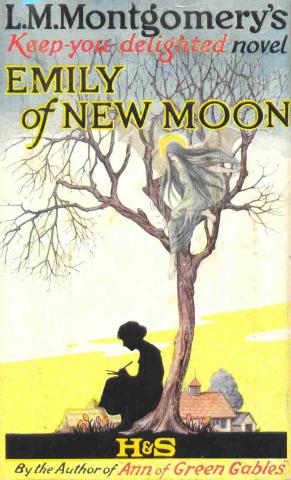Learn how to dance the research two-step.
1. Check the (Digital) Map!
All institutions housing archival and special collections offer some sort of online finding aid, a kind of digital map, of what content they have. For reasons explained below, the scope and quality of coverage offered in these “maps” are highly variable, and none will be entirely complete, but they will, at least, help you get oriented.
Larger institutions, such as state/provincial and national archives, may even insist that you check their online resources before contacting them directly, as this is the only way they can keep pace with the high volume of requests from their very large and varied user communities. Smaller institutions with more specialized collections—such as the UPEI Library’s University Archives and Special Collections—will not require this, but it is still useful if you can first get at least a general sense, by looking online, of what a library or archival collection may contain.
At present, only a few institutions have the ongoing development of L.M. Montgomery–related archival and special collections as part of their mandate, and these are listed below (with links to their introductory online “maps”):
► University of Guelph Library Archival and Special Collections;
► UPEI Robertson Library's University Archives and Special Collections (in partnership with the LM Montgomery Institute): kindredspaces.ca —> “Collections Guides”;
► Library and Archives Canada (formerly the National Archives of Canada and the National Library of Canada). LAC does not have a Montgomery-specific online map/guide, but Special Collections Librarian Meaghan Scanlon provides a useful introduction in this 2016 posting.
Online digital collections and catalogues are tremendously valuable, of course, but they are also very expensive and labour intensive to build and maintain and so will always be incomplete. Even kindredspaces.ca, the most ambitious ongoing initiative for the digitization and online cataloguing of Montgomery special collections and archival material, currently reflects only about fifty per cent of the UPEI Library’s total Montgomery-related holdings.
Given the limitations of what is online, then, it remains vitally important to …
2. Get the App (Appointment, that is)!
The in-person visit remains the ideal way for researchers to access archival and special collections and the knowledge of the librarians and archivists who care for them, but this may not be possible, even in non-COVID times. A “silver lining” byproduct of pandemic disruption, however, is that it has challenged all of us to practise other ways of connecting. Email and telephone remain valuable, of course, but we’re also learning to use video conferencing and other technologies more effectively. I have, for example, held a number of research consultations with individuals and small groups via Zoom or Google Meet since pandemic restrictions came into force.
An important additional note is that archival and special collections staff may be able to assist you through “digitization-on-demand”: the scanning and sharing of specific items that have not been digitized already and that you can’t access in person. Few institutions can handle large volumes of this type of request—or requests for large amounts of material—but it certainly doesn’t hurt to discuss options during a result consultation: sometimes a scan or two will do!
With the above caveat noted about very large institutions with very broad mandates, I can safely say that most librarians and archivists are happy to meet people “where they’re at”: sometimes, you may have lots of information already in hand, and just need confirmation of some specifics; on other occasions, however, a more general brainstorming is needed. Whatever your information need—and even if you’re not yet sure exactly what that need is—I am happy to discuss it with you. And while I will do my best to accommodate urgent “rush” requests (and if you have a deadline, please tell me!), I am generally better able to help you if I hear from you earlier in your research journey, rather than later.
This page on the UPEI Library site provides further information on how to reach me.
I look forward to helping you “map out” your research!
“We have maps to draw … I like drawing maps.”
—Emily Byrd Starr (L.M. Montgomery. Emily of New Moon. McClelland and Stewart, 1923, p. 221)

Submitted by Simon Lloyd, University Archivist and Special Collections Librarian, Robertson Library, University of Prince Edward Island
Next (February 1,8): “Crafting a Conference Proposal” by Margaret Steffler
Banner image of PEI waves. Anne Victoria Photography, 2018